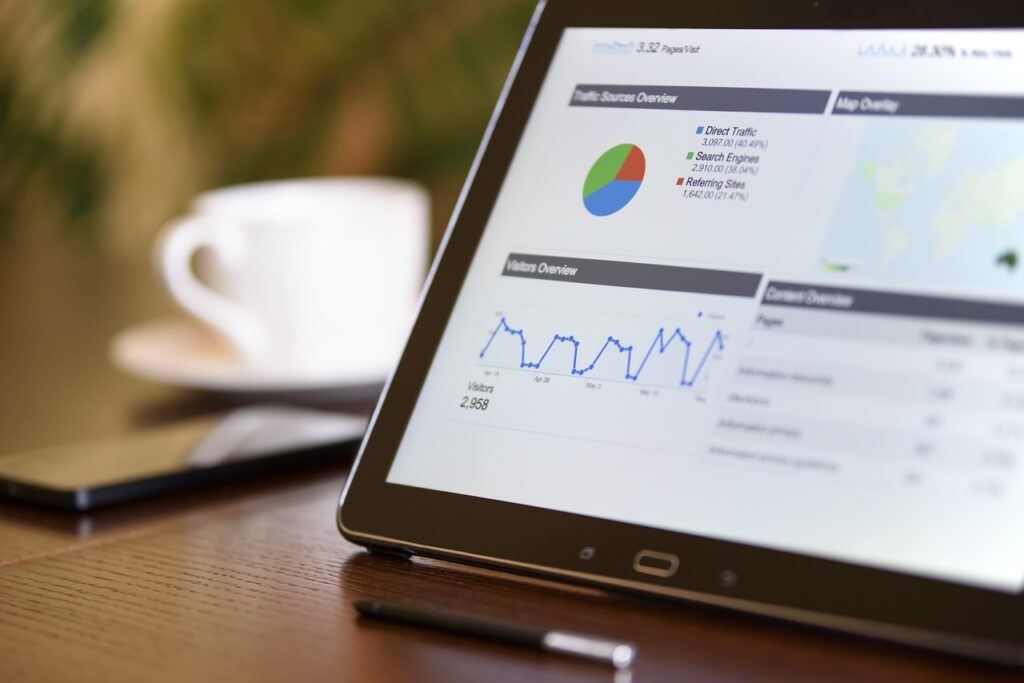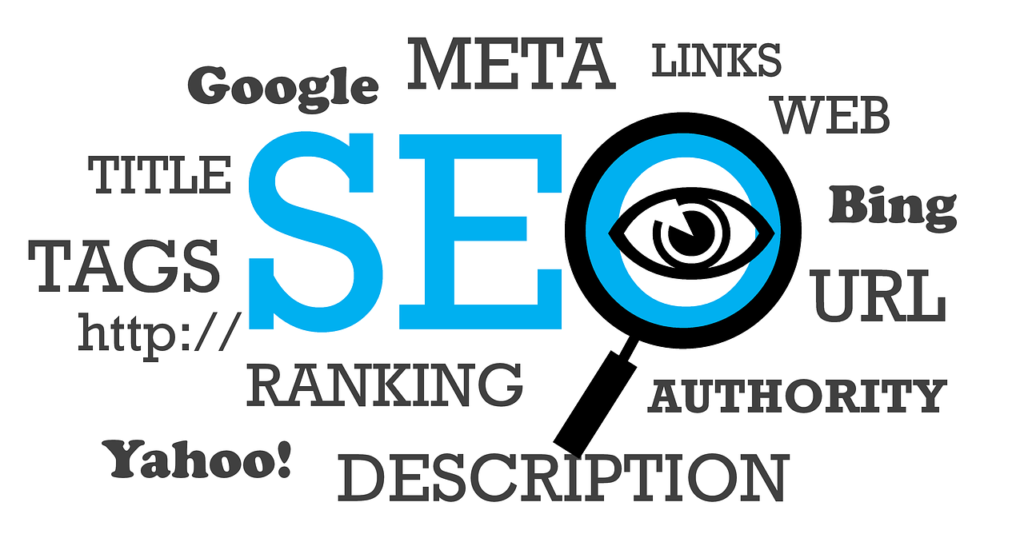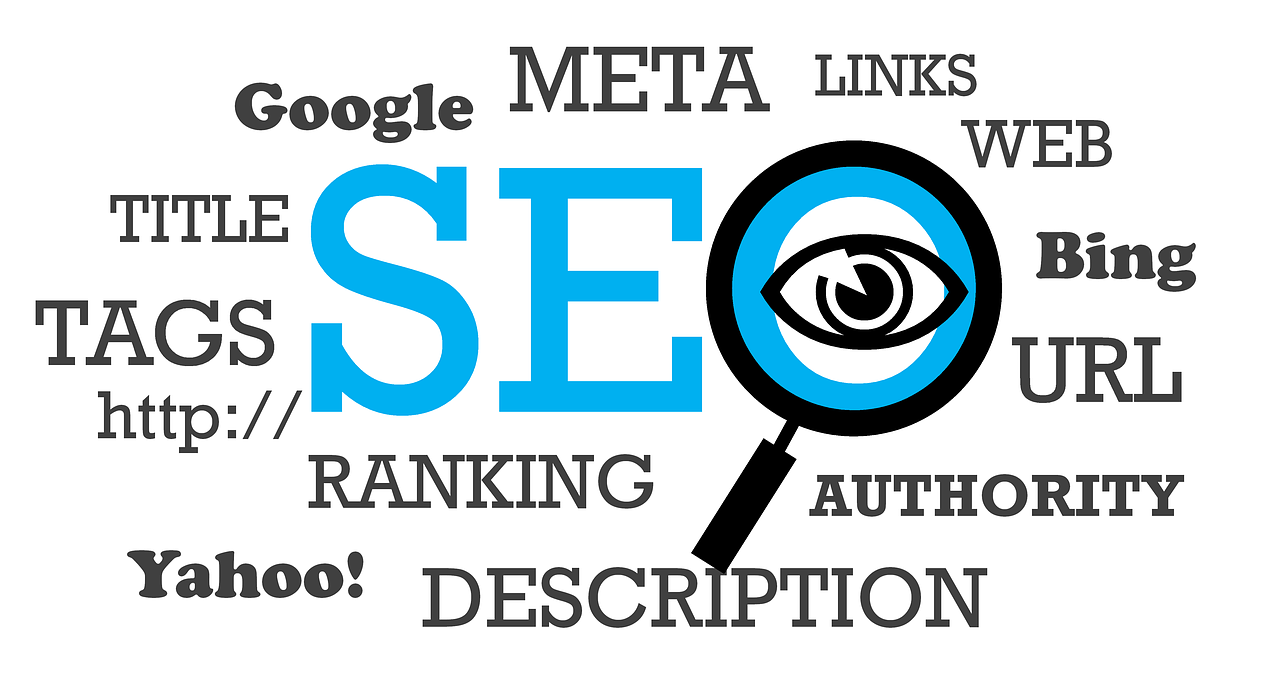In the fast-paced digital world we live in today, users expect websites to load quickly and effortlessly. But did you know that site speed not only impacts user experience, but also plays a crucial role in search engine optimization (SEO)? Yes, that’s right! The speed at which your website loads can significantly affect its ranking on search engine results pages. So, if you want to improve your website’s SEO performance and attract more visitors, it’s time to pay attention to your site speed. Let’s explore why site speed matters in SEO and how you can optimize it for better rankings.
User Experience (UX)
Great user experience (UX) is a crucial aspect of any successful website. It revolves around ensuring that visitors have a positive and intuitive interaction with your site. There are various factors that contribute to a good UX, including bounce rate, dwell time, page load time, and mobile experience. By optimizing these factors, you can not only enhance the user experience but also improve your website’s search engine ranking.

Bounce Rate
The bounce rate refers to the percentage of visitors who land on a page on your website and then leave without visiting any other pages. It is an important metric to consider because a high bounce rate indicates that visitors are not finding what they are looking for or that the website is not engaging enough to keep them interested.
Definition
Bounce rate is calculated by dividing the number of single-page visits by the total number of visits to your website. A high bounce rate can be the result of various factors, such as irrelevant content, slow page load times, poor navigation, or a lack of clear calls-to-action.
Impact on SEO
From an SEO perspective, a high bounce rate can be detrimental to your website’s ranking. Search engines interpret a high bounce rate as a signal that your website may not be providing valuable or relevant content to users. As a result, search engines may lower your website’s ranking, as they aim to deliver the best user experience to their users.
Impact on User Experience
A high bounce rate also highlights a poor user experience. If visitors quickly leave your site after landing on it, it suggests that they did not find what they were looking for or were disappointed with the content or overall experience. To improve user experience, it is crucial to analyze the reasons behind a high bounce rate and make necessary improvements to your website design, content, or functionality.
Implications of Slow Site Speed
One of the key factors that contribute to a high bounce rate is slow site speed. When a website takes too long to load, visitors are more likely to abandon it and look for a faster alternative. Slow site speed not only leads to a poor user experience but also negatively impacts your website’s SEO. Search engines, like Google, prioritize websites that offer fast loading times and penalize those that are slow to load.
Dwell Time
Dwell time refers to the amount of time a visitor spends on a webpage before returning to the search results or navigating to another website. It is another important metric to consider when evaluating user experience and its impact on SEO.
Definition
Dwell time is measured by tracking the time a user spends on a webpage from the moment they click on a search result to the moment they return to the search results or visit another page. It is an indication of how engaging and relevant visitors find your content.
Impact on SEO
Dwell time is used by search engines as a ranking factor. When visitors spend more time on a webpage, it signals to search engines that the content is valuable and meets the user’s search intent. As a result, search engines may reward your website with higher rankings, as they prioritize delivering relevant and engaging content to their users.
Impact on User Experience
Dwell time is directly correlated to user experience. When visitors find your content useful, informative, and engaging, they are more likely to spend more time on your website. This not only indicates a positive user experience but also increases the chances of them converting into customers or taking desired actions on your site.
Implications of Slow Site Speed
Similar to bounce rate, slow site speed negatively impacts dwell time. If your website takes too long to load, visitors are more likely to leave before fully engaging with your content. Slow site speed diminishes the user experience, leading to shorter dwell times and potentially lower rankings in search engine results.
Page Load Time
Page load time refers to the time it takes for a webpage to fully load in a visitor’s browser. It is a critical aspect of both user experience and SEO, as it greatly influences how visitors perceive your website and how search engines rank it.
Definition
Page load time is the total time it takes for a webpage to load, including all the text, images, videos, scripts, and other resources. It is measured from the moment a visitor requests the page to when it is completely rendered in their browser.
Impact on SEO
Page load time is an important ranking factor for search engines, including Google. In recent years, Google has emphasized the significance of fast-loading webpages and incorporated page speed into its ranking algorithm. Websites that load quickly are more likely to rank higher in search engine results, as Google aims to provide the best user experience by delivering fast and relevant content.
Impact on User Experience
Fast page load time greatly enhances the user experience. When visitors can access your content quickly and effortlessly, it contributes to a positive perception of your website. On the other hand, slow page load time frustrates visitors and can drive them away, leading to a higher bounce rate and diminished user satisfaction.
Factors Influencing Page Load Time
Several factors can influence the page load time of a website. These include the size and complexity of the webpage, the number and size of the resources (images, videos, scripts) it contains, the server’s speed and load capacity, and the visitor’s internet connection speed.
Optimizing Page Load Time
To optimize page load time, it is essential to consider various techniques and best practices. These include optimizing images and videos by compressing them without sacrificing quality, minifying CSS and JavaScript files to reduce their size, leveraging browser caching, utilizing content delivery networks (CDNs), and ensuring efficient server response times. By implementing these optimizations, you can significantly improve your website’s page load time and enhance both user experience and SEO.
Mobile Experience
With the increasing use of mobile devices for browsing the internet, optimizing the mobile experience has become crucial for websites. A mobile-friendly design and seamless mobile experience are not only essential for user satisfaction but also have a significant impact on SEO.
Mobile-Friendly Design
A mobile-friendly design is characterized by a website’s ability to adapt and display properly on screens of various sizes, including smartphones and tablets. It involves responsive design principles, such as fluid layouts, scalable fonts, and optimized navigation. A mobile-friendly design ensures that visitors can effortlessly access and navigate your website on their mobile devices.
Mobile Page Load Time
Page load time is even more critical for mobile users, given the often slower internet connection speeds on mobile networks. Optimizing page load time for mobile devices is essential to provide a seamless browsing experience. This includes optimizing images and other media specifically for mobile, minimizing the use of heavy scripts and plugins, and prioritizing content that is most relevant and impactful to mobile users.
Mobile Responsiveness
Mobile responsiveness goes beyond a visually appealing and functional design. It involves the overall user experience on mobile devices, ensuring that all elements of a webpage are easily clickable, readable, and usable on smaller screens. Mobile responsiveness also includes considering the unique behavior and preferences of mobile users and tailoring the experience accordingly.
Impact on SEO
Mobile experience is a significant ranking factor for search engines, especially with the introduction of Google’s mobile-first indexing. Google now prioritizes the mobile version of a website over the desktop version when indexing and ranking webpages. This means that if your website does not offer a satisfying mobile experience, it may not rank as well in search results, resulting in decreased organic traffic and potential loss of customers.
Impact on User Experience
A positive mobile experience is crucial to engaging and converting visitors on mobile devices. With the growing number of users accessing the internet through their smartphones, it is essential to provide a seamless and enjoyable mobile experience to maximize user satisfaction. Mobile-friendly designs, fast page load times, and intuitive mobile navigation contribute to creating a positive user experience that encourages visitors to stay on your site, explore your content, and take desired actions.

Core Web Vitals
Core Web Vitals are a set of key performance metrics used by Google to assess and measure the overall user experience of a website. These metrics indicate how quickly users can interact with a webpage and how stable the visual elements of the page are during loading.
Definition
Core Web Vitals are a subset of web vitals that Google considers essential for delivering a quality user experience. They include Largest Contentful Paint (LCP), First Input Delay (FID), and Cumulative Layout Shift (CLS).
Largest Contentful Paint (LCP)
Largest Contentful Paint measures the time it takes for the largest content element, such as an image or block of text, to become visible within the viewport. LCP aims to capture the perceived load time and is an important indicator of how quickly users can access the main content of a webpage.
First Input Delay (FID)
First Input Delay measures the time it takes for a webpage to respond to a user’s first interaction, such as clicking a link or tapping a button. It quantifies the delay between the user’s action and the browser’s ability to process that action. FID focuses on interactivity and responsiveness, reflecting the user’s experience of how quickly a webpage becomes interactive.
Cumulative Layout Shift (CLS)
Cumulative Layout Shift is a metric that quantifies the visual stability of a webpage during loading. It measures how much elements on a webpage move or shift unexpectedly while the page is being rendered. A low CLS score indicates that the visual elements remain stable and don’t cause frustration or confusion for users.
Google’s Page Experience Update
Google has announced that Core Web Vitals, along with other existing ranking factors, will be included in its Page Experience Update. This update aims to prioritize websites that provide a great user experience, as measured by Core Web Vitals and other factors like mobile-friendliness and safe browsing practices. It emphasizes the importance of optimizing Core Web Vitals to improve both user experience and SEO.
Mobile-First Indexing
Mobile-First Indexing is a shift in the way Google indexes and ranks webpages, prioritizing the mobile version of a website over the desktop version. With the majority of internet users accessing the web through mobile devices, Mobile-First Indexing is crucial for delivering relevant and optimized search results.
Definition
Mobile-First Indexing means that Google predominantly uses the mobile version of a webpage’s content for indexing and ranking purposes. In the past, Google primarily relied on the desktop version. However, with the shift in user behavior towards mobile, Google recognized the need to prioritize mobile-friendly experiences and content.
Impact on SEO
Mobile-First Indexing has a significant impact on SEO. If your website does not have a well-optimized mobile version or offers a subpar mobile experience, it may not rank as well in search results. Google now prioritizes the mobile version of your website and uses its content and user experience metrics to determine relevancy and ranking.
Key Considerations
To adapt to Mobile-First Indexing and optimize your website for mobile search, it is essential to consider a few key factors. First, ensure that your website has a responsive and mobile-friendly design that adapts seamlessly to different screen sizes. Second, prioritize mobile page load time by optimizing images, compressing resources, and minimizing unnecessary scripts. Lastly, make sure that the user experience on mobile devices is as smooth and engaging as on desktop, providing a consistent experience across devices.

Crawl Budget
Crawl budget refers to the number of pages search engines like Google will crawl and index on your website within a given timeframe. It is important to manage and optimize your crawl budget to ensure that search engines can discover and index your most important and relevant pages.
Definition
Crawl budget is the maximum number of pages search engines will crawl on your website during a specific period. It is determined by factors like server capacity, the number of pages on your site, the frequency of content updates, and the overall popularity and importance of your website.
Crawl Rate Limit
Search engines impose a crawl rate limit, which determines how many requests per second they make to your site. This limit is designed to prevent overwhelming your server and negatively impacting website performance. It is crucial to ensure that your server can handle the crawl rate limit imposed by search engines.
Crawl Demand
Crawl demand refers to the level of interest search engines have in crawling and indexing your website. It depends on various factors, such as the relevance and quality of your content, the frequency of updates, the number of inbound links, and the overall authority of your site. The more popular and valuable your website, the higher the crawl demand.
Impact of Slow Site Speed
Slow site speed can negatively impact crawl budget. When search engine bots encounter slow-loading pages, it reduces the number of pages they can crawl within the allocated time frame. This can result in less frequent indexing of your content, potentially delaying its visibility in search engine results.
Improving Crawl Budget
To optimize your crawl budget, focus on maintaining a fast site speed, improving server response time, and ensuring that your most important and relevant pages are easily accessible and properly linked internally. Additionally, regularly updating and adding high-quality content can increase crawl demand and encourage search engines to prioritize crawling your site.
Duplicate Content
Duplicate content refers to identical or significantly similar content that exists on multiple webpages, either within the same website or across different websites. It can have negative implications on SEO and user experience if not properly managed.
Definition
Duplicate content occurs when the same content is accessible through multiple URLs. It can result from various factors, such as content syndication, URL structure variations, printer-friendly versions of webpages, or malicious attempts to manipulate search engine rankings.
Impact on SEO
Duplicate content poses a challenge for search engines, as they need to determine which version of the content to display in search results. In some cases, search engines may penalize websites that have significant amounts of duplicate content, resulting in a lower ranking. Additionally, when duplicates exist, search engines have to divide the ranking potential among the multiple versions, potentially impacting the visibility of your content.
Canonicalization
Canonicalization is the process of signaling to search engines which version of a webpage should be treated as the authoritative and preferred one. By adding a canonical tag to your webpages, you can indicate the preferred URL to search engines, consolidating the ranking signals and preventing the spread of duplicate content issues.
Content Scraping
Content scraping refers to the unauthorized copying and republishing of content from your website by others. It can result in duplicate content issues, particularly when search engines index the scraped content before your original content. Monitoring and taking appropriate actions, such as sending DMCA takedown notices or using secure content delivery mechanisms, can help prevent content scraping and the subsequent duplicate content problems.
In conclusion, optimizing user experience is crucial for the success of your website. Bounce rate, dwell time, page load time, and mobile experience all play significant roles in ensuring a positive user experience and improving search engine rankings. By understanding the definitions, impacts, and implications of these factors, you can make informed decisions and implement necessary optimizations to create a website that users love and search engines prioritize. Remember, a fast, engaging, and mobile-friendly website is key to achieving success in today’s digital landscape.

Comments are closed